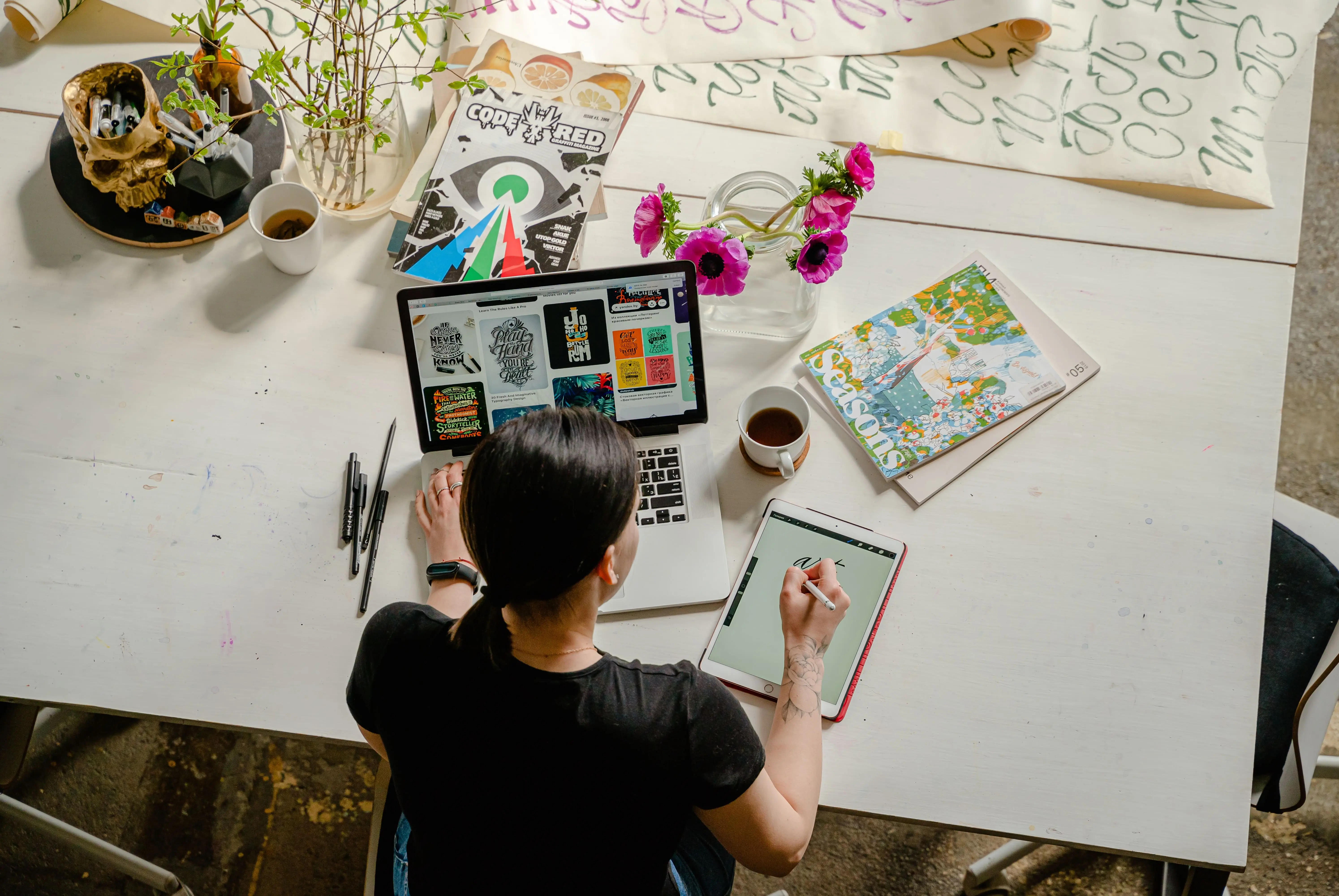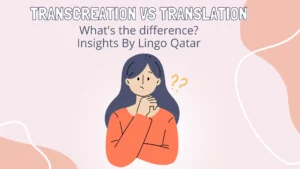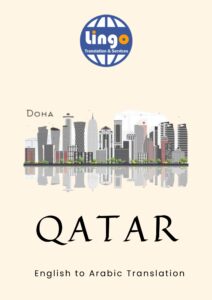Mastering the Art of Graphic Design: Unleashing Creativity and Visual Expression
In the information age, we’re exposed to a staggering amount of visual information in digital content on our screens, print materials in our hands, and signage in our environment. It’s often the work of graphic designers who condense and transform information into an engaging, easy-to-understand format. To say graphic design is essential would be an understatement; it’s an integral part of our daily lives, affecting how we understand the world. For professionals and businesses, mastering the art of graphic design—a combination of creativity and visual expression—can be a crucial benefit in a competitive market.
The ubiquity and significance of graphic design can’t be overstated. It plays a central role in creating brand identities and awareness campaigns, crafting business materials like flyers and brochures, promoting products or services, and engaging and informing audiences. One can also see the significance of graphic designing in arenas like website development, product packaging, social media management, and even in creating customized email templates.
While the primary function of graphic design is to communicate visually, good graphic design goes beyond simple transmission of information. It should tell a story, evoke emotions, inspire actions, and create a lasting impression. Achieving this requires a strong understanding of diverse design elements and principles, such as color, typography, lines, shapes, textures, balance, hierarchy, contrast, and consistency.
Entering the graphic design field requires acquiring a balanced mix of hard skills, like working with design tools and software, and soft skills, like creativity, problem-solving, and communication. Over time, this unique skill set must be polished with practical application and experience to excel.
Business Flyers Designing
Flyers are a cost-effective and versatile marketing collateral that has stood the test of time. They have vast utility, from promoting events and specials to disseminating information and introducing new businesses. However, the effectiveness of flyers largely depends on their design quality.
There’s an art to designing business flyers that are aesthetically pleasing yet proficient in delivering the intended message. They are typically a single-page design that needs to communicate valuable information in a limited space without appearing cluttered or overwhelming. This can be a challenging task.
The process of business flyer designing begins with understanding the objectives and the target audience. The flyer’s content, design, and tone should be aligned with these aspects. Stylistic choices such as color schemes, fonts, images, and other design elements should reflect the brand’s identity and resonate with the intended demographic.
As a visual medium, much of the flyer’s appeal comes from its graphical components. However, these elements should uphold the importance of quality content. Catchy headlines, compelling copy, a clear call-to-action, and contact information are indispensable parts of a flyer.
Business Brochure Designing
Business brochures are another popular marketing tool that serves almost the same purpose as business flyers but offers more design space and flexibility. Usually, multi-panel and foldable brochures allow businesses to provide comprehensive information in an organized, digestible format.
Here again, graphic design plays an instrumental role. A well-designed business brochure should have an intuitive layout that naturally guides the reader’s eyes from one piece of information to the next. The consistent use of brand colours, fonts, and styles across panels strengthens brand recognition.
Top-quality images and graphics enhance a brochure’s visual appeal and effectiveness. However, less is more should always be the philosophy. Overloading your flyer with too many visuals or text can be counterproductive, making the content easier to comprehend. Empty spaces or ‘white spaces’ are needed to give the design room to breathe, balancing the heavier elements like images or copy blocks.
Contemporary digital design tools have greatly simplified brochure designing, but the principles of good design remain the same: clarity, simplicity, balance, and consistency.
Unleashing Creativity and Visual Expression
Graphic design is a creative profession, and thus, creativity is its lifeblood. Nevertheless, this creativity must be grounded in design principles and the understanding of your audience. This combination produces designs that are both visually striking and functionally effective.
Unleashing creativity in graphic design involves:
- Playing with elements.
- Thinking outside the box.
- Experimenting with new trends, but more importantly.
- Taking the time to understand the objectives behind the design.
It’s about achieving a perfect balance between the aesthetic appeal of the design and its purpose.
Similarly, for visual expression to be practical, it should mirror the brand identity and the audience’s preferences. Visual presentation isn’t merely about choosing colors or fonts or arranging elements. It is an emotional and psychological process that involves understanding how different visual elements evoke specific emotions and responses among viewers.
Conclusion
In conclusion, mastering the art of graphic design requires both technical proficiency and creative vision. It is a continuous journey of learning, experimenting, and refining. The ability to design engaging business flyers and brochures that resonate with a target audience and effectively communicate a brand’s message is no small achievement. Through the creative use of design elements, graphic designers can tell nuanced, attractive stories that captivate audiences, evoke emotions, and inspire actions— helping businesses stand out in a crowded marketplace.





